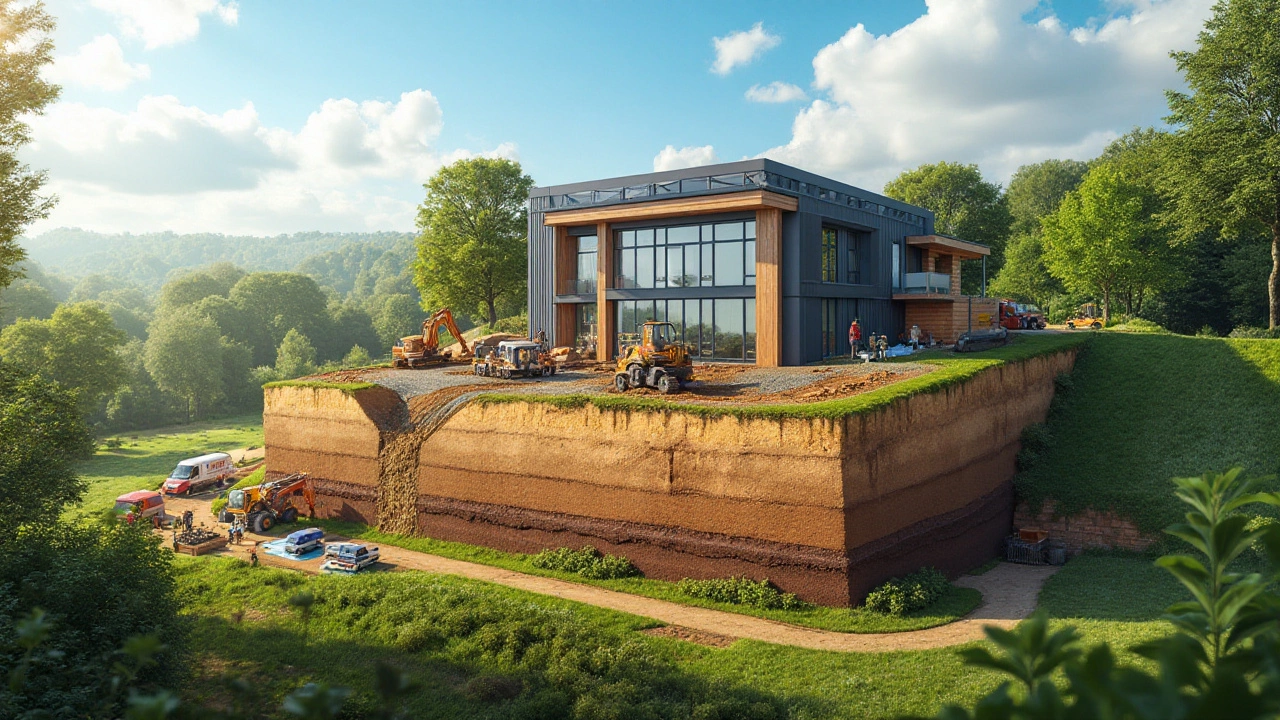Foundation Settling – What It Is and Why It Matters
If your floor feels bouncy or doors start sticking, your foundation might be settling. That’s when the ground beneath your house shifts and the building moves a little. A little movement is normal, but too much can crack walls, split floors and drop your home’s value. The good news? Spotting the problem early and fixing it right can save you a lot of hassle and money.
What Causes Foundation Settling?
Most settling comes from the soil. Clay, sand or loose fill can shrink when it dries out or swell when it gets wet. Heavy rain, drought, or even a broken pipe can change the soil’s moisture level and push the foundation down or lift it up. Poor drainage around the house adds extra water to the soil, speeding up the process.
Other common culprits are weakly compacted ground when the house was built and tree roots that pull moisture out of the soil. If the soil wasn’t tamped down properly or if large trees sit close to the base, the ground can settle unevenly, creating sloping floors and cracks.
How to Spot and Deal with Settling Issues
Look for vertical cracks in brickwork or plaster – especially near doors and windows. Gaps under door frames, windows that can’t close properly, or floors that feel uneven are also red flags. In the basement, check for water stains or new cracks in the concrete walls.
Do a simple level test: place a long level across the floor and see if it bubbles in the middle. If it does, the floor is probably sloping. You can also measure door gaps at the top and bottom; a sudden change of a few millimetres may mean the foundation is shifting.
When you notice these signs, call a professional before the problem gets worse. Small issues can often be fixed with drainage improvements, like adding French drains or fixing gutter downpipes. Bigger movements may need underpinning, slab jacking, or pier installation to hold the house steady.
At McNeil Plumbing & Construction Services we specialise in diagnosing foundation settling and delivering the right repair. Our team checks the soil, evaluates drainage, and recommends the most cost‑effective fix for your home. Whether it’s a simple soak‑away trench or a full underpinning job, we’ll explain what’s happening in plain language and give you a clear price.
Don’t wait for a small crack to become a big hole. A quick inspection now can keep your home safe, comfortable and valuable for years to come.


